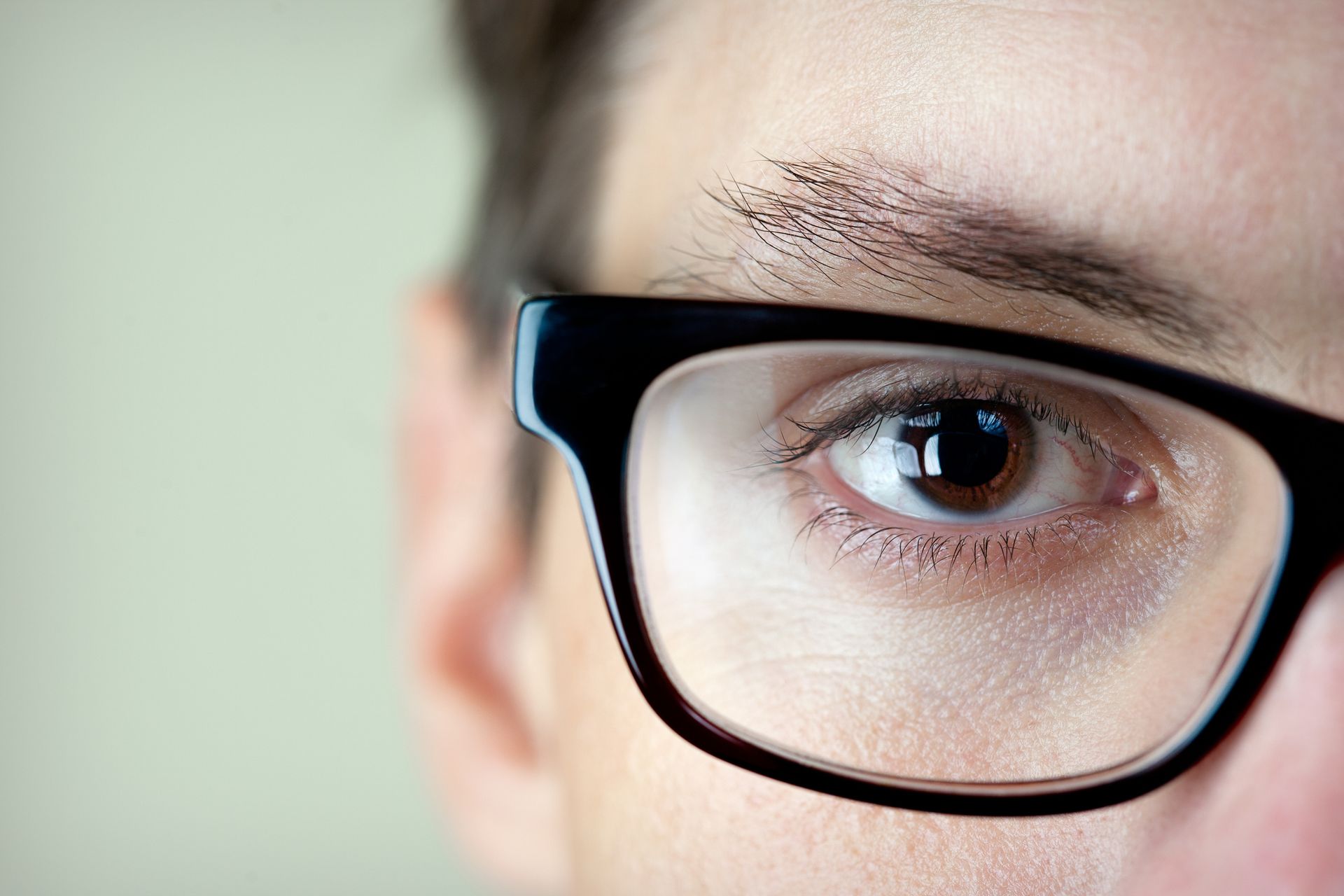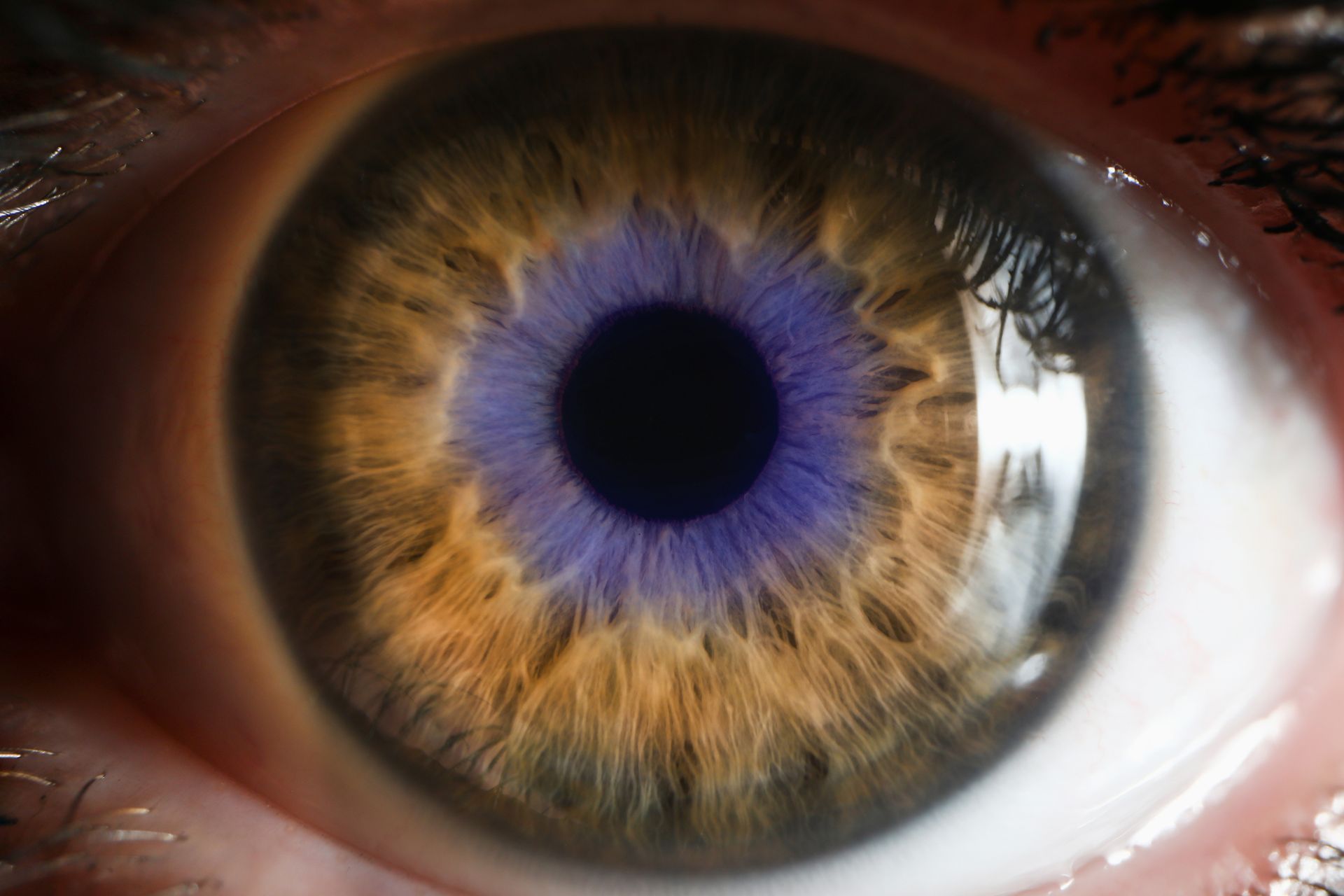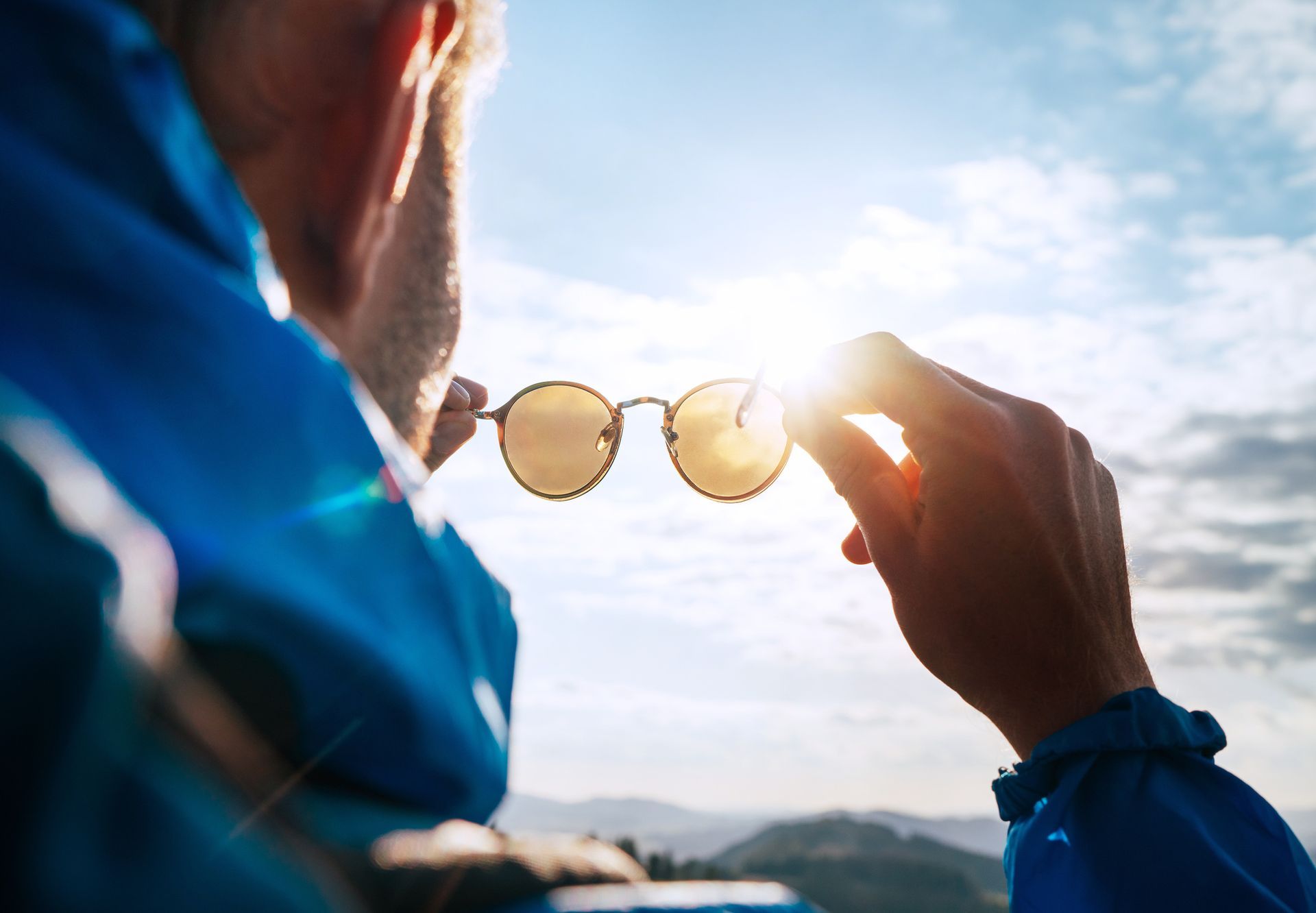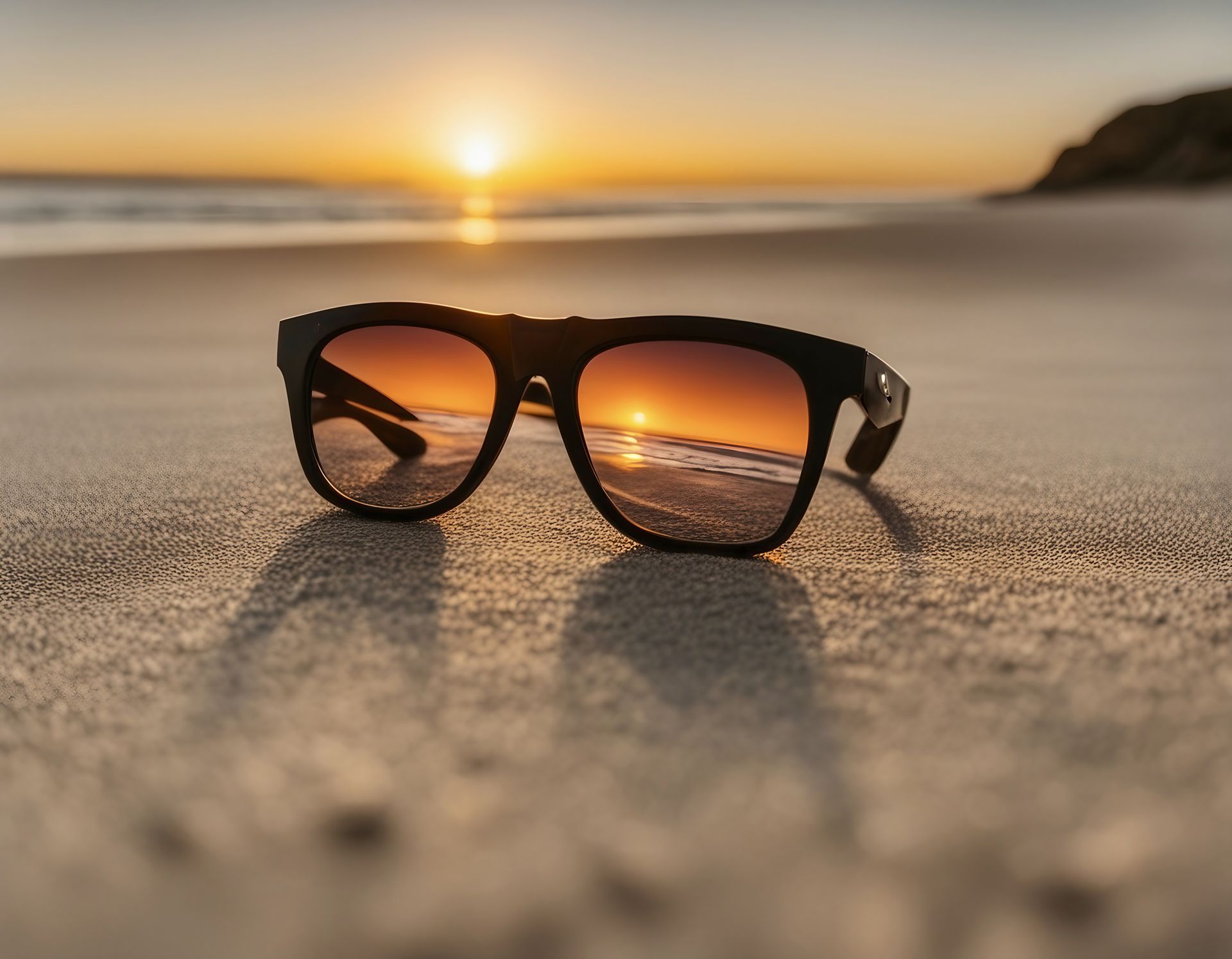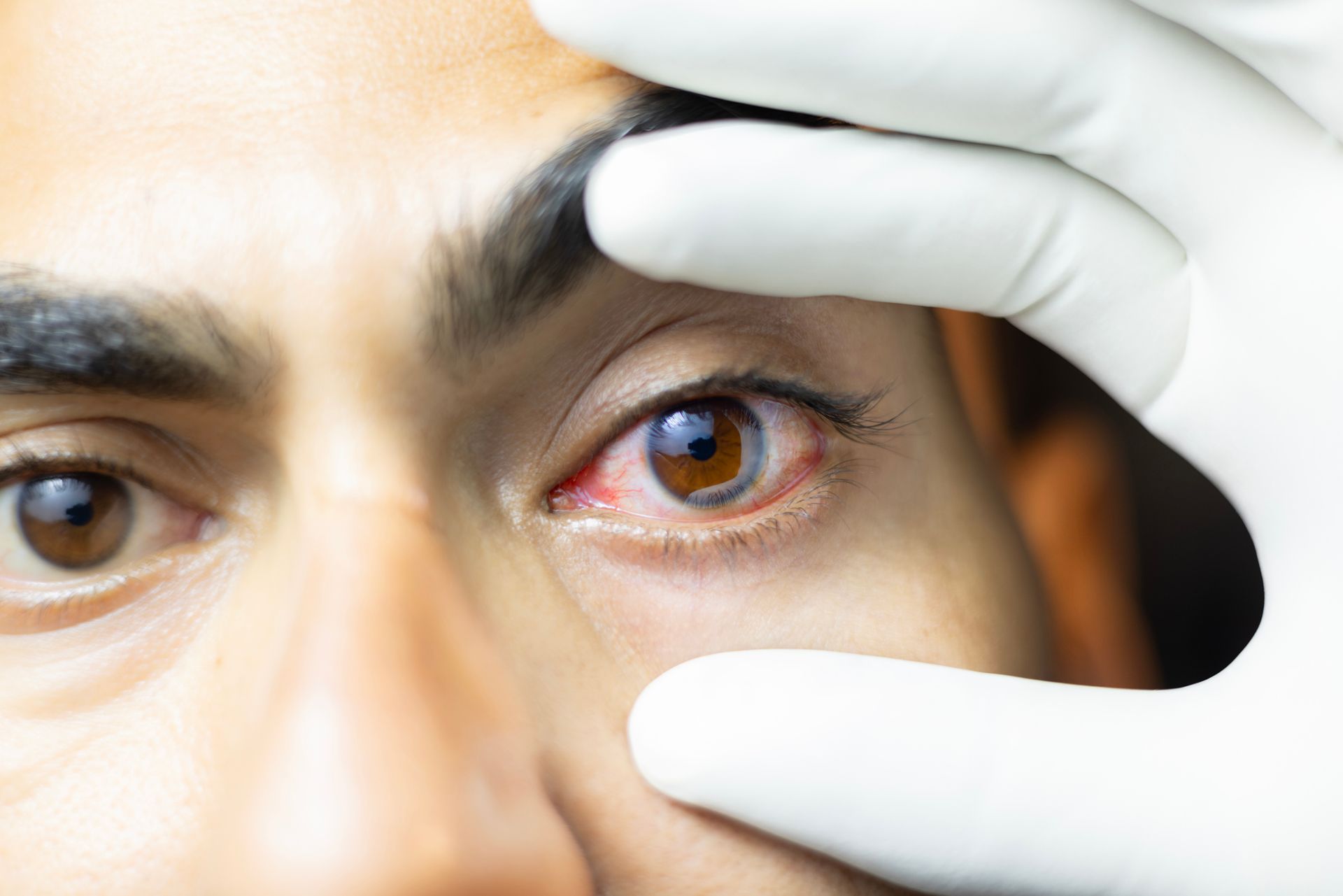Blue Light and Digital Eye Strain; What You Really Need to Know
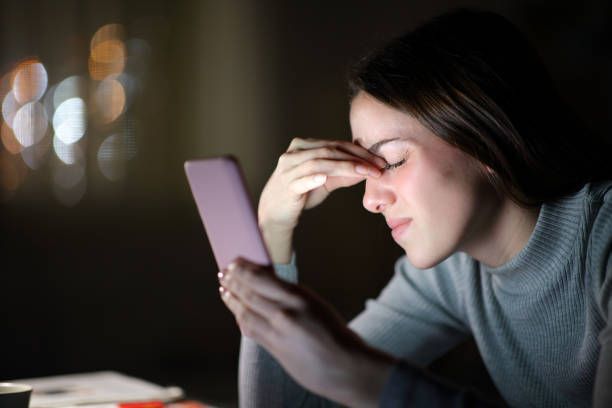
You’ve probably heard that blue light from screens can damage your eyes, but is that actually true?
Here’s what research shows: blue light from screens does not damage your eyes the way UV light does. However, spending hours on screens can still lead to digital eye strain, and evening screen time may interfere with your natural sleep-wake cycle.
Symptoms of Digital Eye Strain:
- Tired, sore or gritty eyes
- Blurred vision after screen time
- Headaches or difficulty focusing
- Dry eyes from reduced blinking
- Trouble sleeping after late-night device use
How to Reduce Digital Eye Strain and Blue Light Discomfort
At VISION Michael Hare Optometrists, we can help with:
- Personalised advice on screen ergonomics and setup
- Blue light filtering lenses for those bothered by screen glare
- Artificial tears to reduce dryness
- Practical tips to improve sleep and reduce visual fatigue
The goal isn’t to avoid screens—it’s to protect your eyes and keep your vision comfortable.
If screen time is leaving your eyes tired or your sleep disrupted, book an appointment with VISION Michael Hare Optometrists. We’ll help you see clearly and scroll comfortably.
Related articles:
→ Dry Eye Disease: What Is It?
→ iPad Eyes: Screen Time and Kids’ Vision
→ Comprehensive Eye Health Assessment
References:
- Rosenfield M. Computer vision syndrome: a review. Ophthalmic Physiol Opt. 2016;36(5): 568–576.
- Lin JB, Gerratt BW, Bassi CJ, Apte RS. Short-wavelength light and circadian rhythms: implications for eye health. JAMA Ophthalmol. 2017;135(5): 537–543.
- Optometry Australia. Blue Light Position Statement. 2023.
Evidence clarification:
There is no strong evidence that blue light itself causes eye strain. Digital eye strain mainly results from prolonged near focus, reduced blinking, and poor ergonomics. Blue light may affect sleep but not retinal health. Blue light–filtering lenses may help some patients by reducing glare and improving comfort, rather than preventing eye damage.
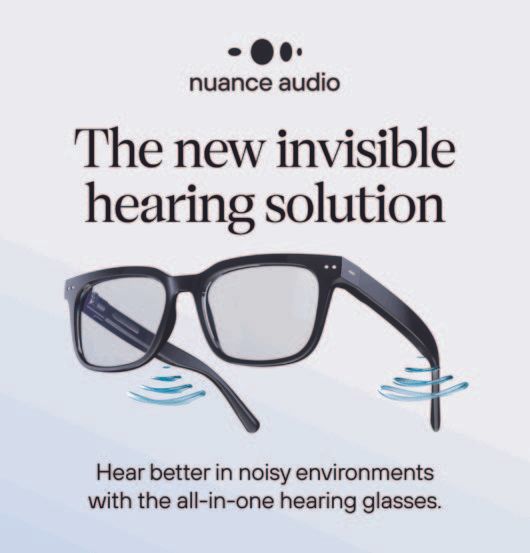
The New Invisible Hearing Solution: Nuance Audio - now available at Vision Michael Hare Optometrists
